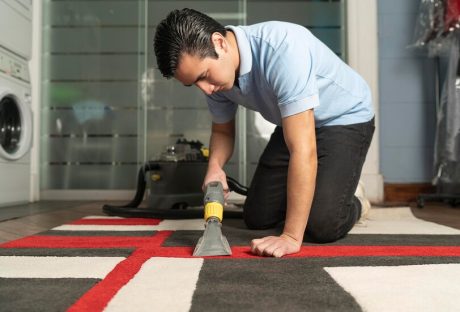One of the most common issues is the usage of dynamic lane merge control for work zones on rural highways. Knowing when and how to use it can be challenging. Be sure to read on and learn more about this concept.
Dynamic Late Merge Concept
The early merge concept and the late merge concept are both able to provide safer merging for the motorist than a conventional merge. This is especially important on rural highways.
These systems have both been observed and have been found to have lesser conflict rates than conventional merging but there are other aspects that still need to be discussed.
When drivers are operating under high speed/low volume conditions, the potential for merging conflict skyrockets. While these conditions can have an adverse effect on driver safety, late merging is believed to have a higher capacity than early merging or conventional merging.
With this higher capacity and a larger queue storage area, it is easier for drivers to avoid the type of congestion that extends well past the typical advanced warning signs.
Rear-end collisions are often common in these scenarios but they can be reduced significantly with late merges. However, the late merge is not a total cure-all for rural highway congestion.
In fact, it is believed that it may not be the best choice for rural drivers who are operating during off-peak periods. That’s why the dynamic late merges are an absolute must for these scenarios.
What Does This Concept Entail?
The dynamic late merge concept exists to help drivers avoid the rural highway dilemma that was just described. Since dynamic late merge concepts are best applied during off-peak hours, it is time to describe how this signage is utilized. By applying this concept, motorists are able to avoid the conflicts that are associated with lane closures.
Whether there is a lane closure or the motorist is driving during off-peak hours, the concept is designed for maximum safety and efficiency. Thanks to the dynamic late merge concept, motorists are able to switch between the conventional merge and the traditional late merge. Traffic conditions are measured in real-time, providing actionable information and safer roadways for all.
In other words, the dynamic merge concept adjusts to the traffic conditions on a rural highway at a particular moment. Let’s say that the driver is operating their vehicle during a period of non-congested flow. They would still be operating under the conventional merge during these times.
On the other hand, let’s say that the flow of traffic is congested. At these times, the late merge would be in effect. The dynamic late merge simply allows motorists to readily switch back and forth between the two without having to make any major changes themselves.
What Signage Is Used for The Dynamic Late Merge System?

These systems consist of a series of advance signs that allow the driver to have as much notice as possible when traveling on a rural highway. These advance signs tell the motorist to “use both lanes to the merge point” when the open lane is full of congestion. In addition to the advance signs, the motorist would also be given one last warning at the actual merge point.
The signs at the merge point itself would tell the driver to “merge and take their turn doing so.” Once all of the congestion is clear, the necessary changes are made. The signs are cleared and deactivated. They may also be changed to advise drivers of any lane closures that are potentially taking place. At these times, the conventional merge would go into effect.
Depending on the situation, the signs could have variable messages that change with the traffic. The signs could also be static. In these instances, the static signs would be equipped with flashing strobes and traffic detectors. In order to determine the most effective sign messaging types and spacing, research is necessary.
The onus is placed on local governments to handle this aspect of this equation so that they can place their population in the safest possible position. This signage is typically sourced by local municipalities, city government, state government, as well as any state highway departments, road management departments, and local contractors that are responsible for these concerns.
Conclusion
The dynamic late merge allows motorists to enjoy the best of both worlds. With this form of signage, the motorist is given assistance that is perfectly tailored to the exact situation that they are in, as opposed to static signage that could leave them in a more precarious position.
While conventional merge plans work perfectly fine on rural highways in most instances, precautions need to be made for when congestion takes place.
Traffic demand often exceeds the capabilities of work zones, which causes a queue to extend well beyond the usual advance warning signs. Merging operations become much less smooth and orderly, as drivers attempt to squeeze into tighter merging spaces.
Accident potential skyrockets and so does the potential for road rage incidents. With the dynamic late merge system, safety and efficiency are prioritized, even during periods of immense congestion.
Merging safety is fully guaranteed at all times, as the motorist is able to utilize the merging method that works best at a specific moment. Otherwise, they are left to fend for themselves as other drivers straddle the center line or move too slowly.
Read Also:






















